
Бесплатный фрагмент - Korean Alphabet Copybook
Hangul
Hangul history
The hangul alphabet was created in 1443 by a group of scholars on the orders and under the control of van Sejong the Great (ruled 1418—1450). Earlier in Korea, Chinese characters were used, which were complicated and did not reflect well the sounds of the Korean language. The vast majority of the population was illiterate. It was these reasons that pushed van Sejong to create Hangul. The alphabet almost completely replaced the Chinese characters, hancha. Hangul was created to represent both Korean and Chinese words, but the letters for recording Chinese sounds have become obsolete and have been removed from the alphabet. The modern name «Hangul» was introduced by Chu Sigyong in 1912. It means «great alphabet» in old Korean and «Korean alphabet" in modern Korean language.
The forms of consonants are explained by their articulation, and vowels are formed in accordance with the Confucian principle of yin and yang. The horizontal lines of hangul symbolize the earth and the dark beginning of yin. Short lines (in the original design they were points) symbolize the Sun and the bright beginning of yang. Vertical lines symbolize a person between the Earth and the Sky. Accordingly, vowels in Korean are summed up into «dark» and «light». For «light» yang vowels, the short stroke is to the right or above the long one (A, O), and for «dark» yin vowels, it is to the left or surface of the main strokes (S, O, Y). The vowel «I» is neutral. Words are written block by block, blocks are morpho-syllabic and occur from letters.
Hangul elements are called chamo, these are the basic building blocks of Korean writing. Letters are always combined into syllables of 2,3, rarely 4 chamo: a consonant letter begins a syllable and is called the initial, a vowel or diphthong follows and is called the median. The syllable may end (but not necessarily) with a consonant (a digraph of consonants), called the final. If a syllable does not have an explicit initial consonant, it must begin with a silent NG letter. Thus, a syllable in Hangul consists of at least two chamo.
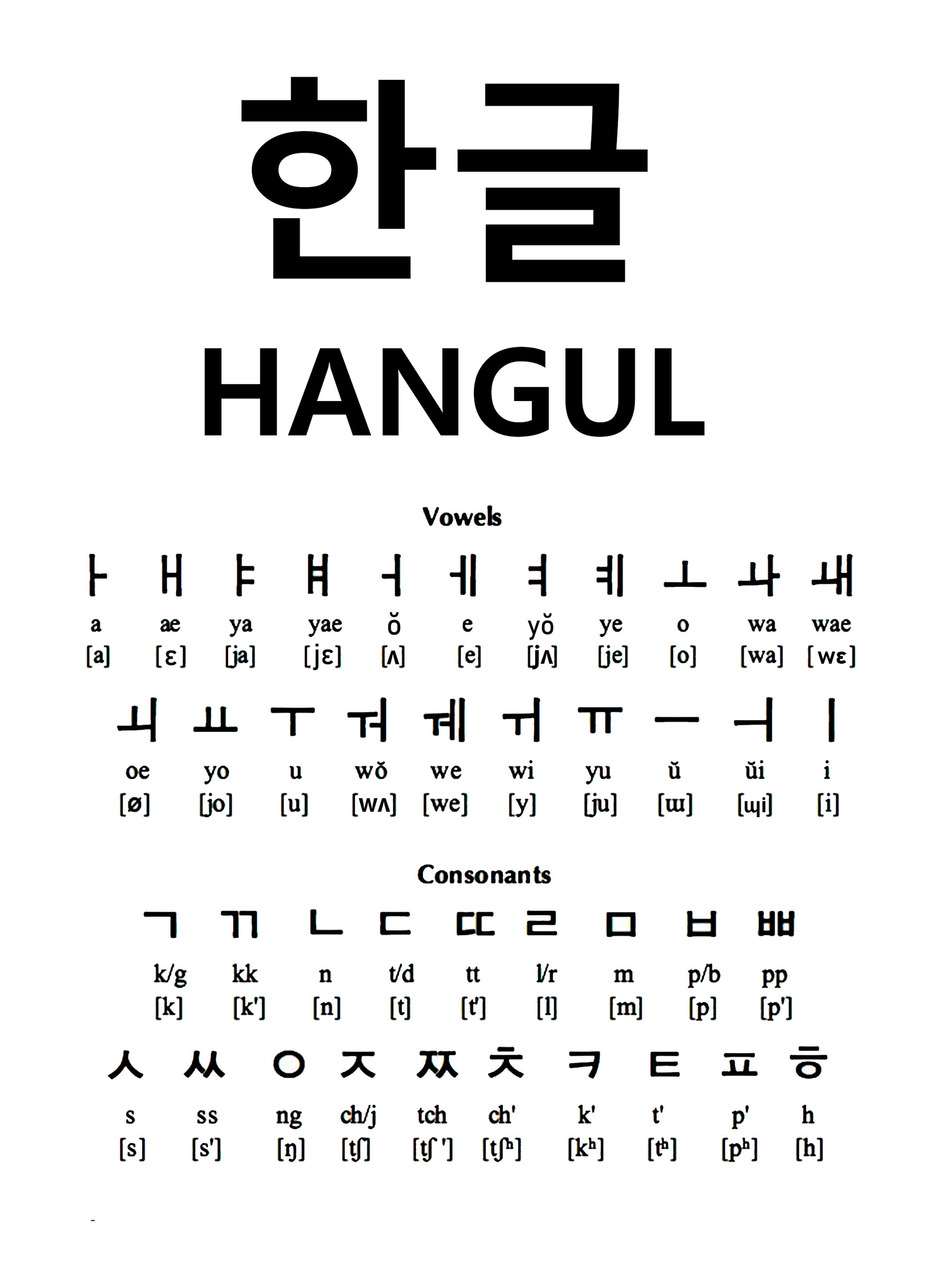

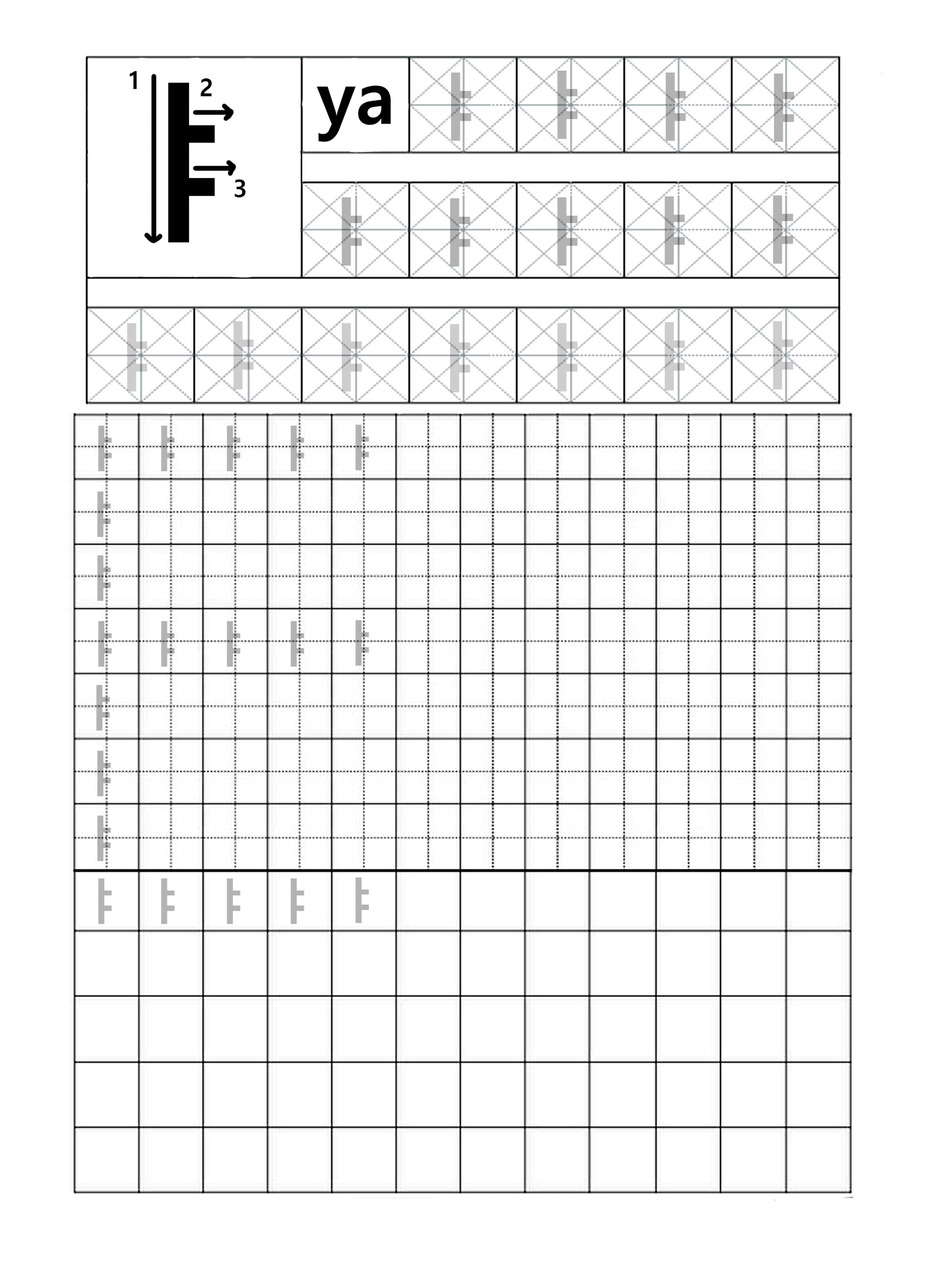
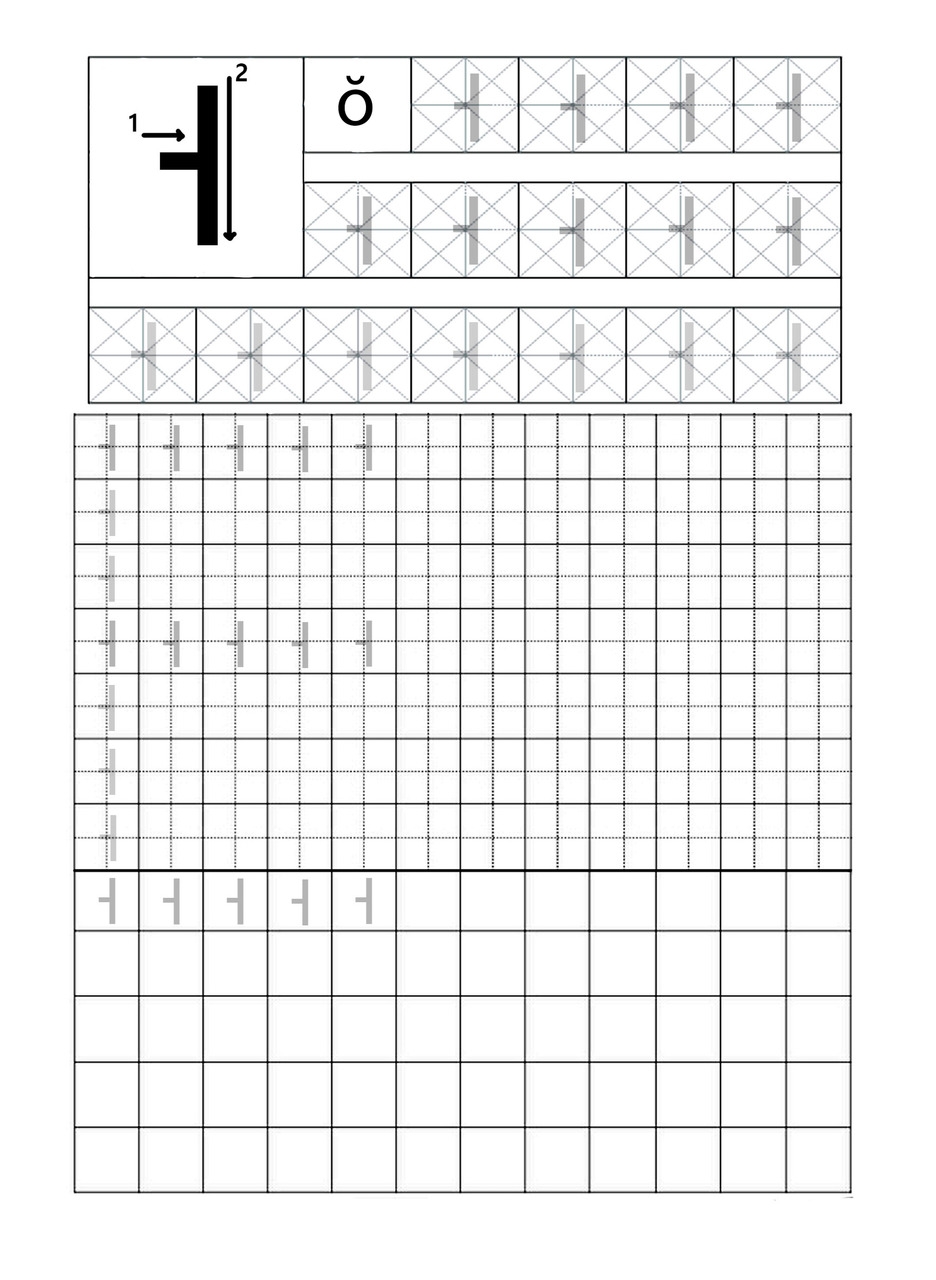
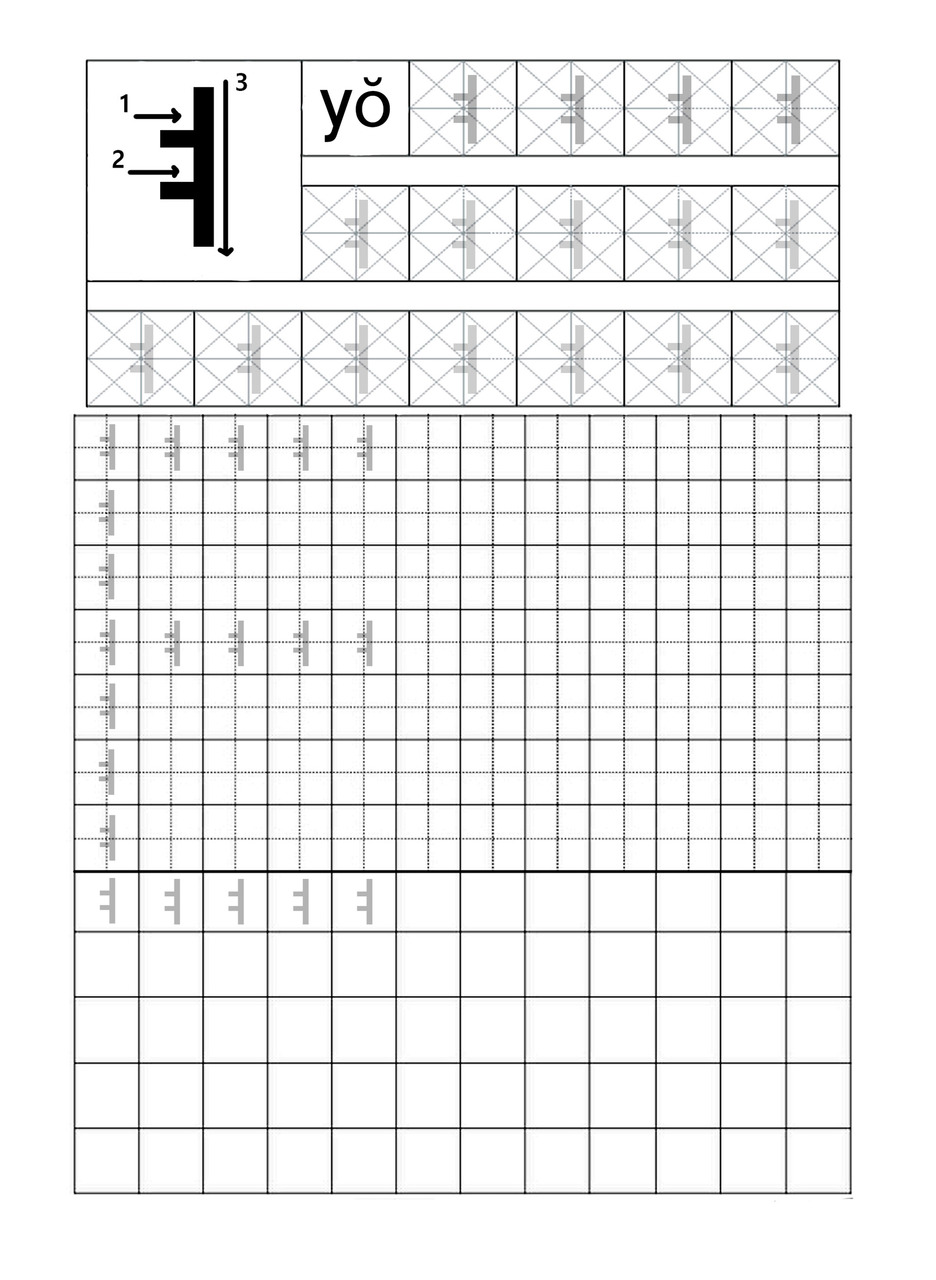
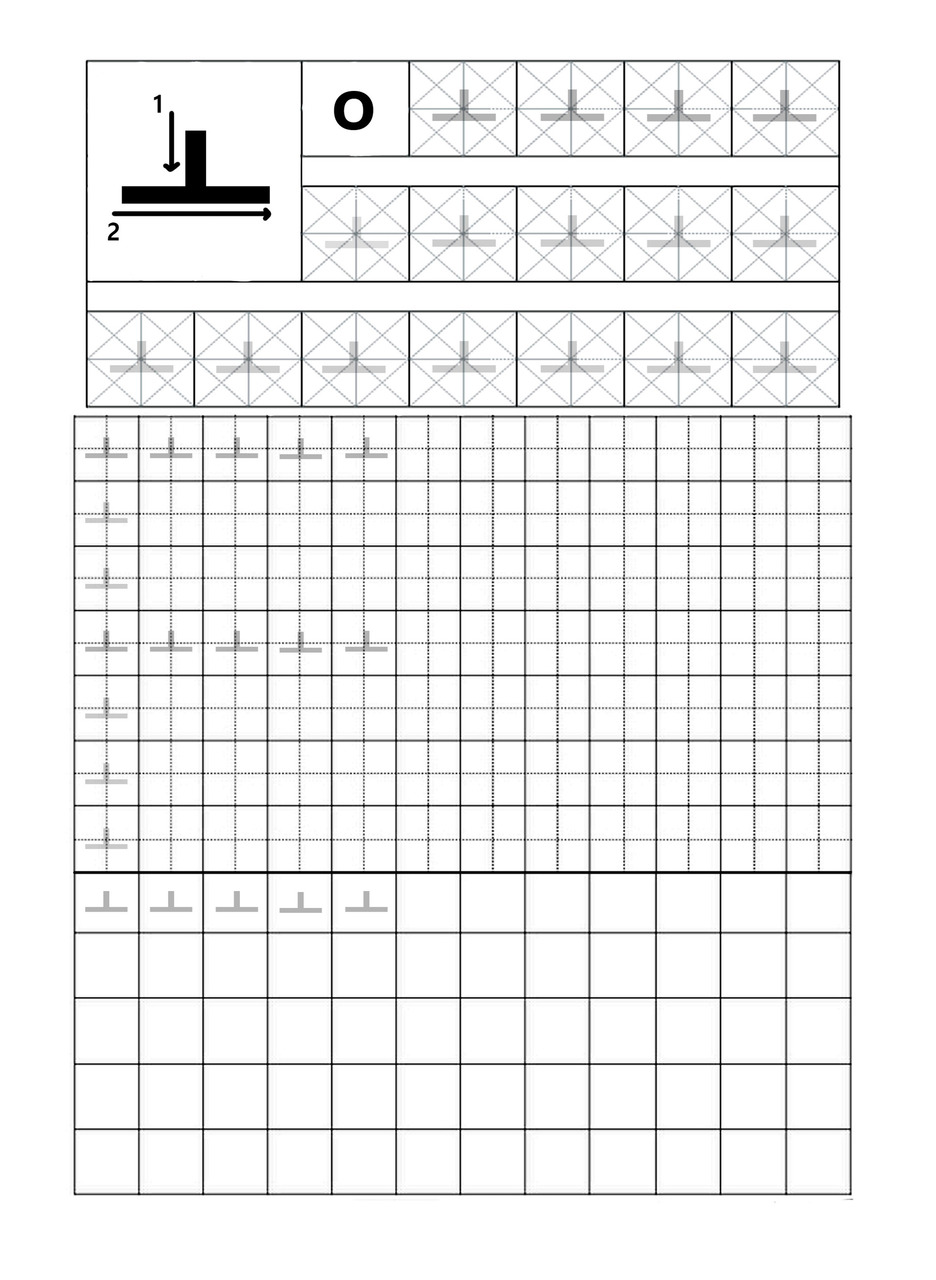
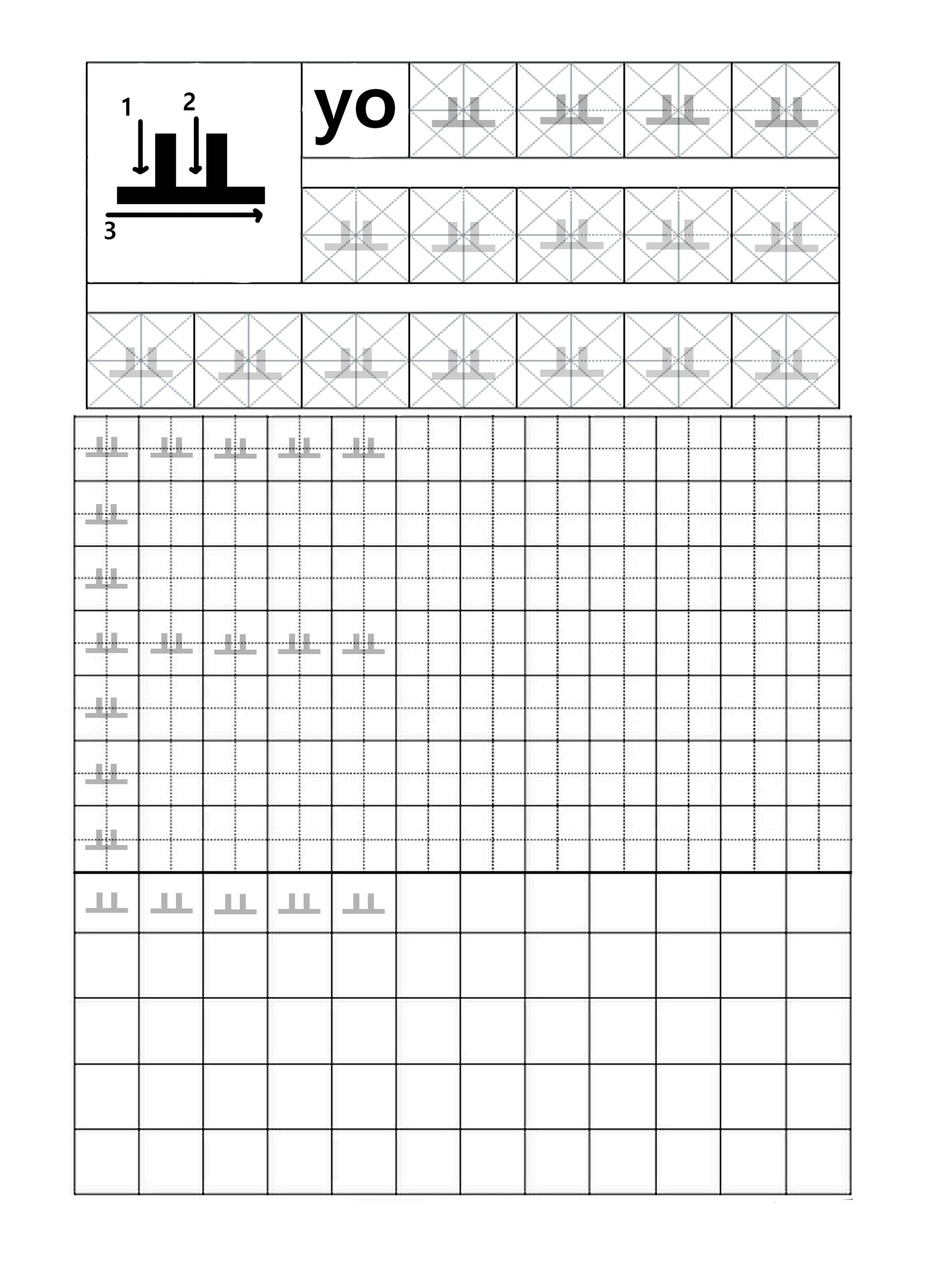
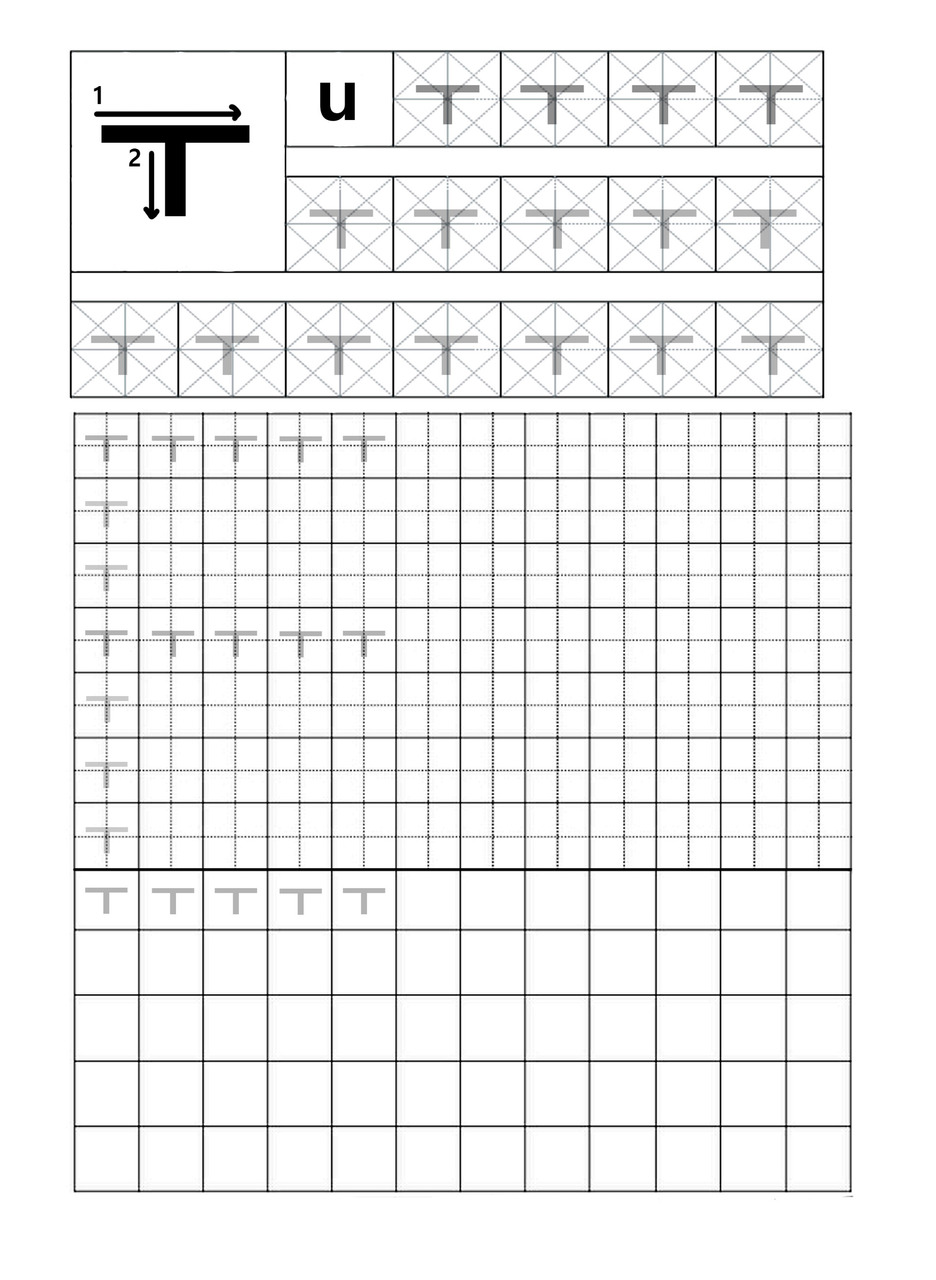
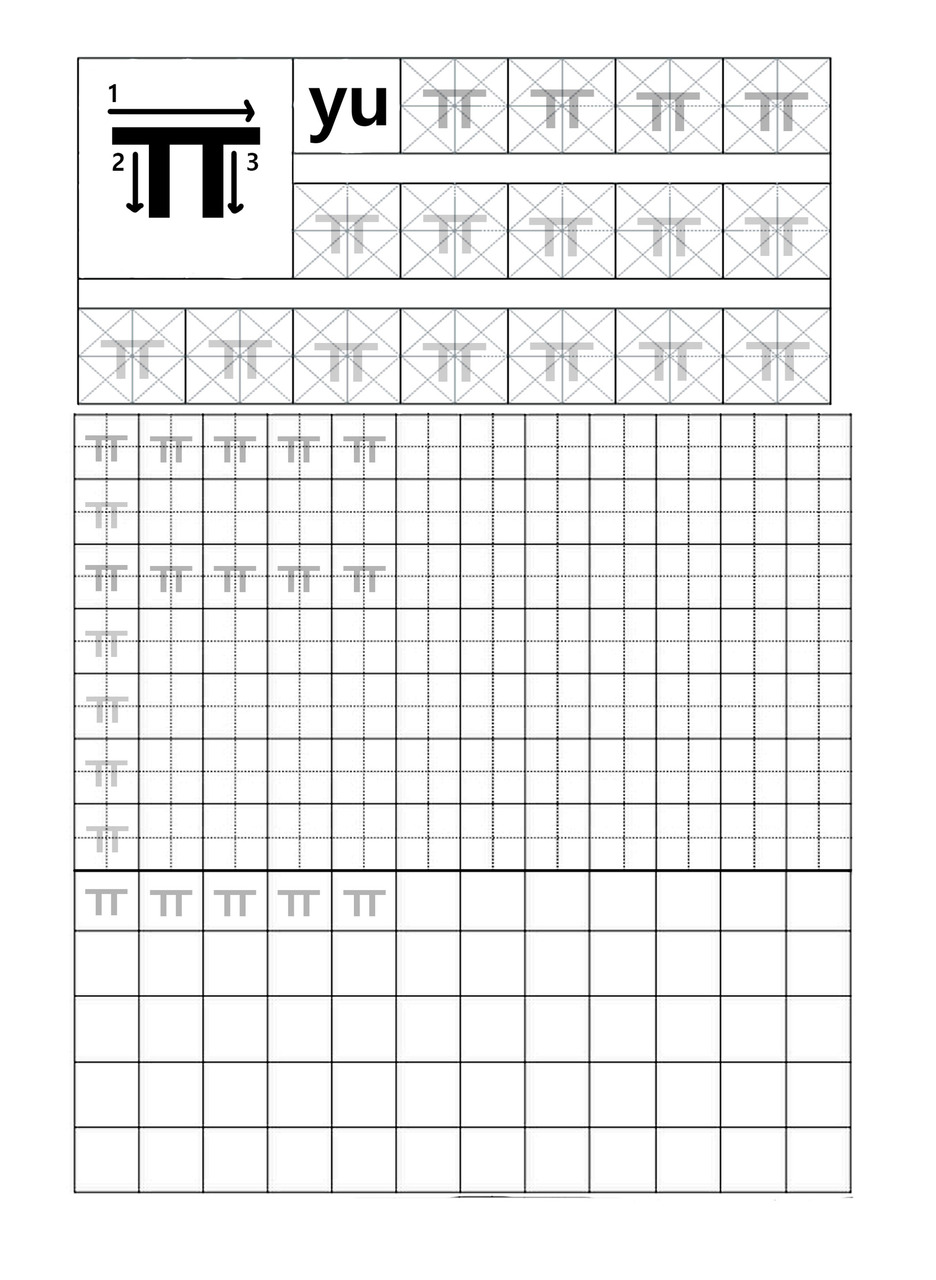
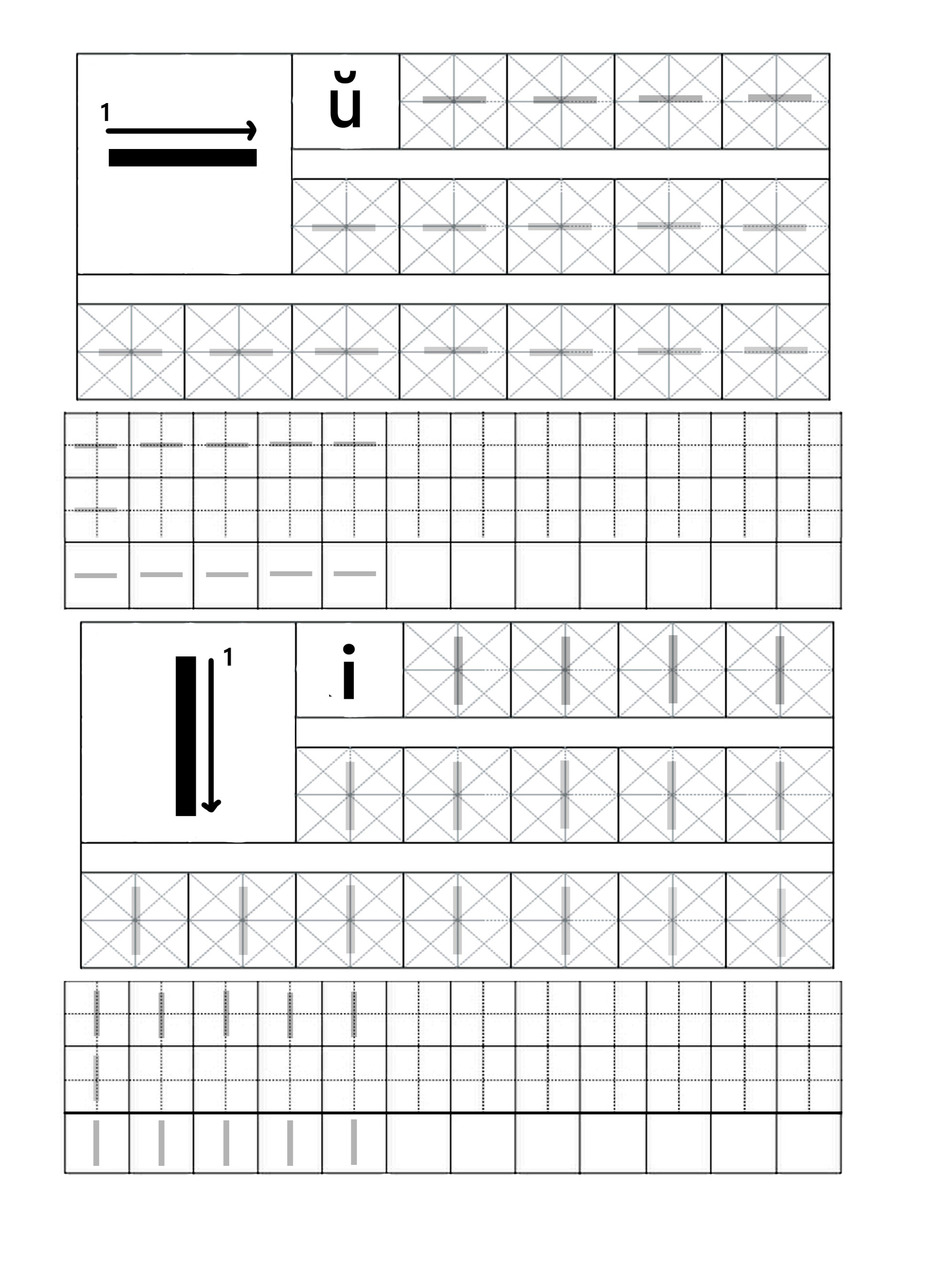
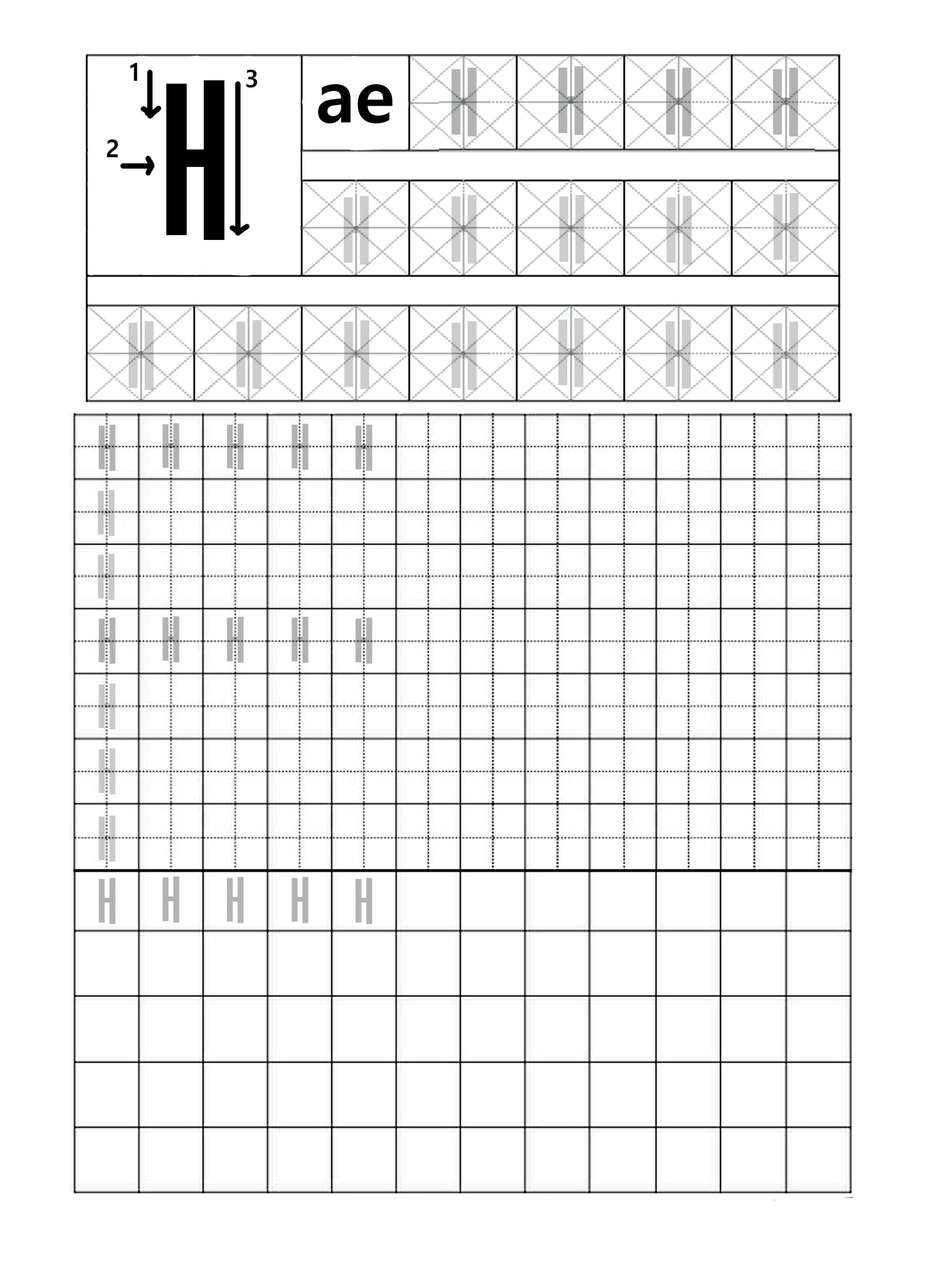
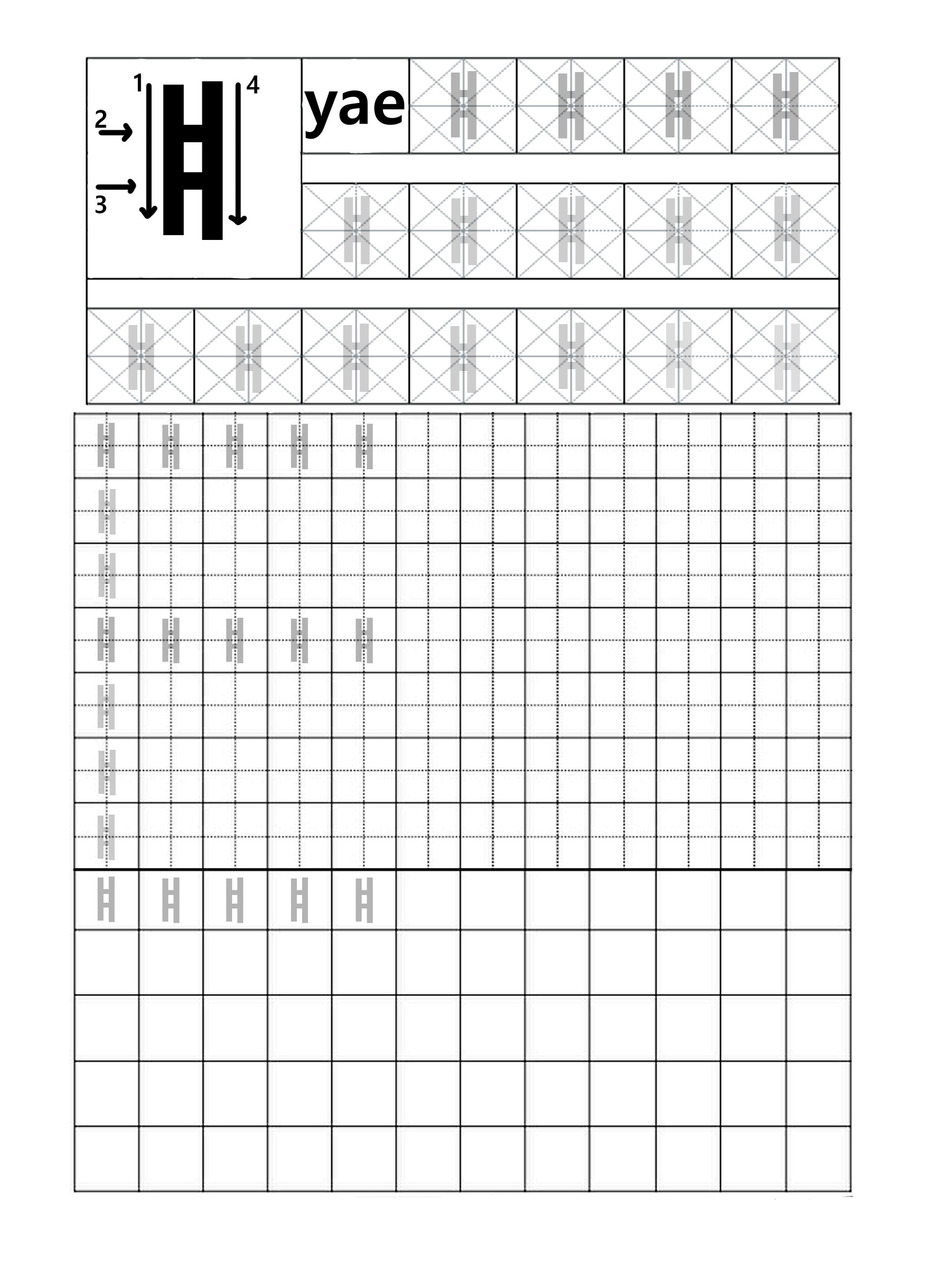
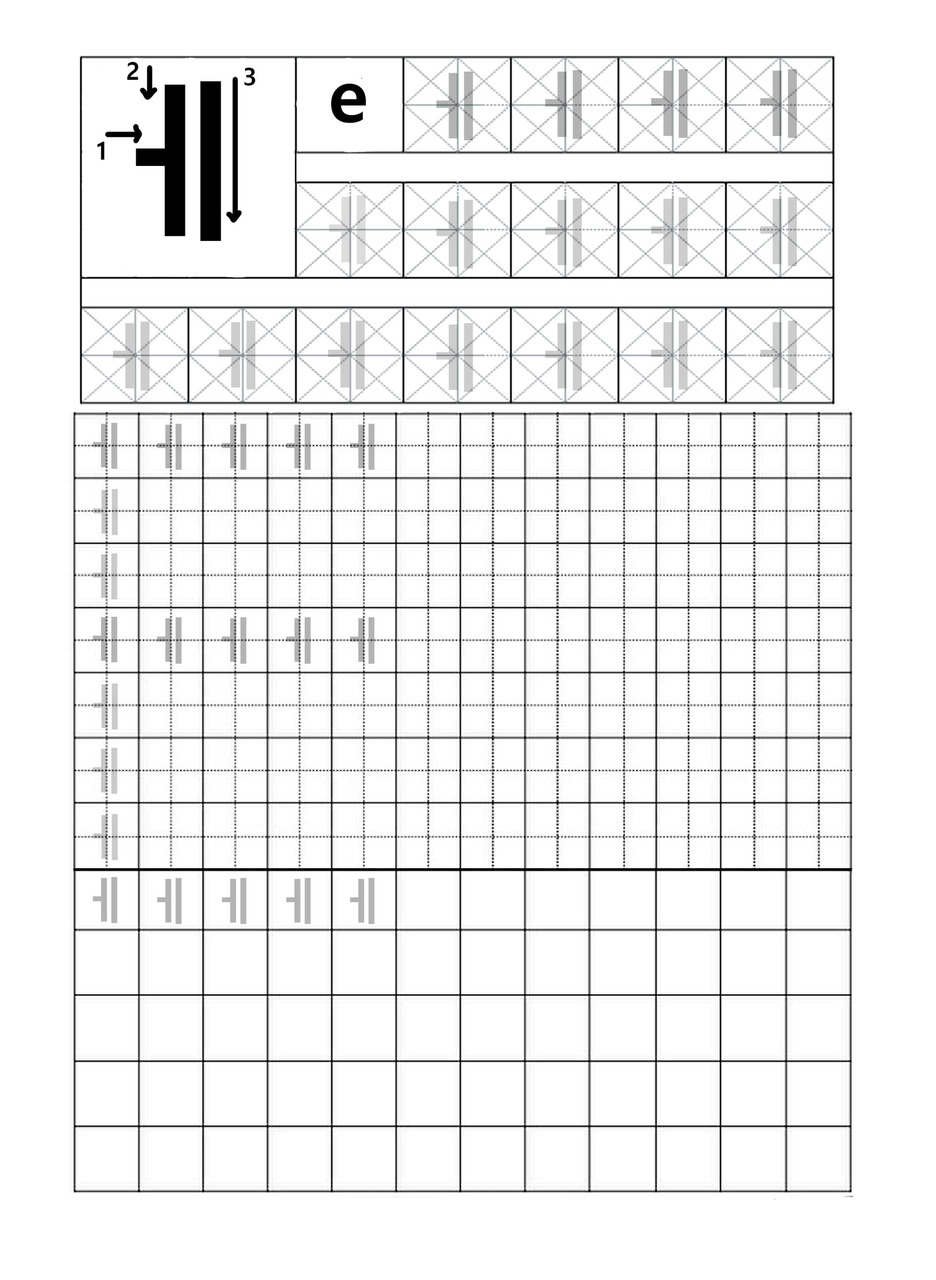
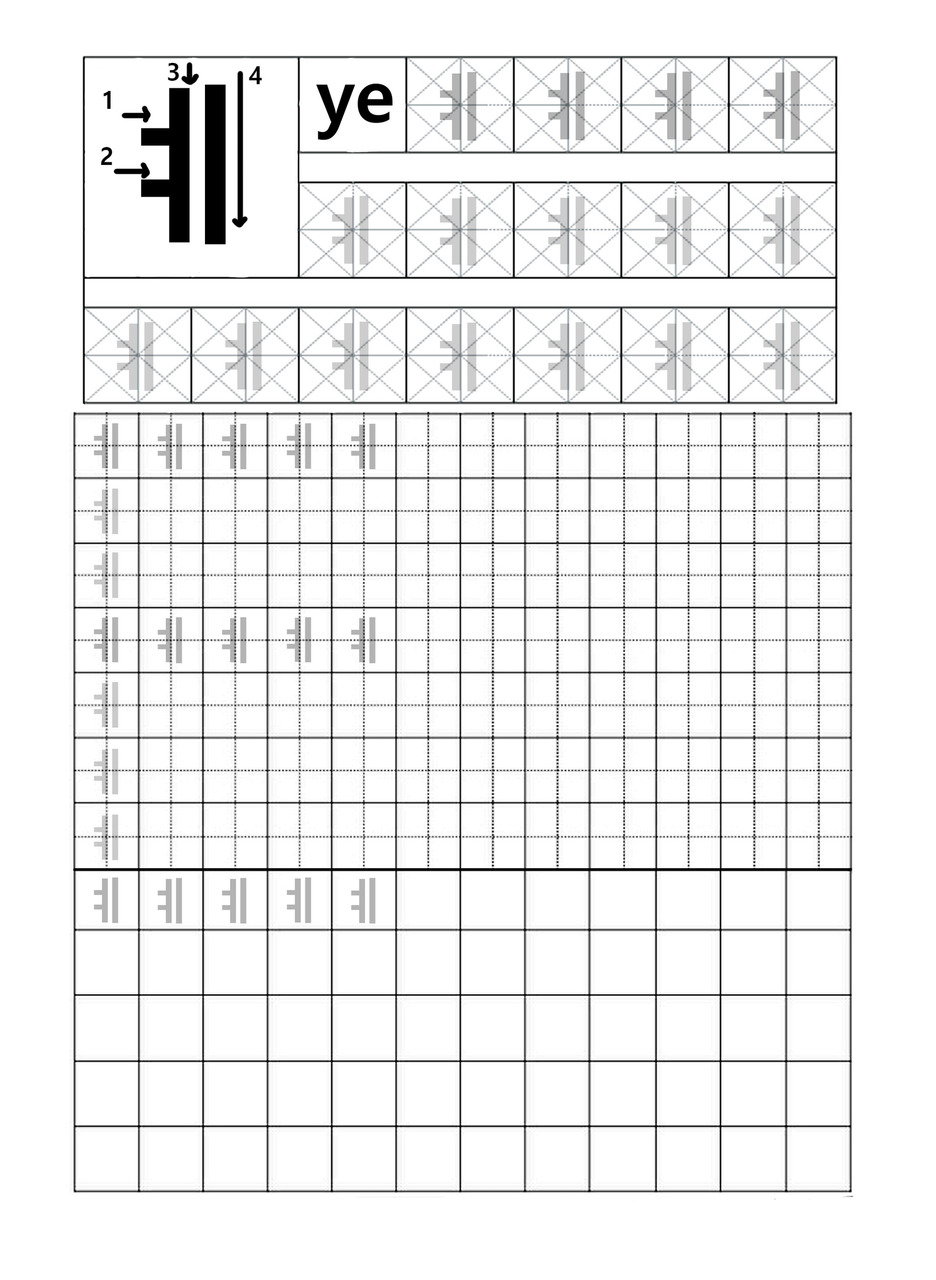
Бесплатный фрагмент закончился.
Купите книгу, чтобы продолжить чтение.